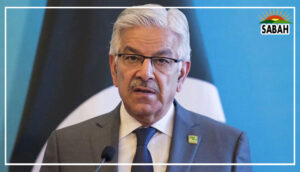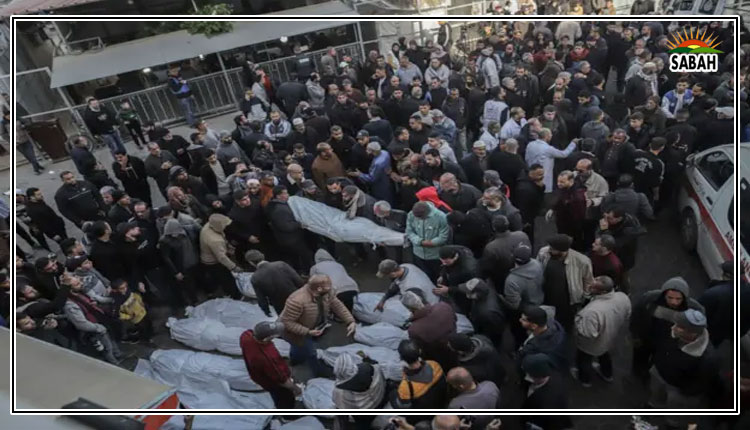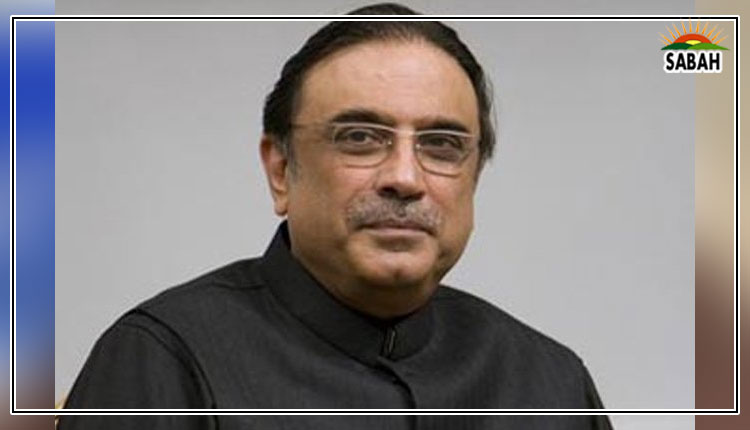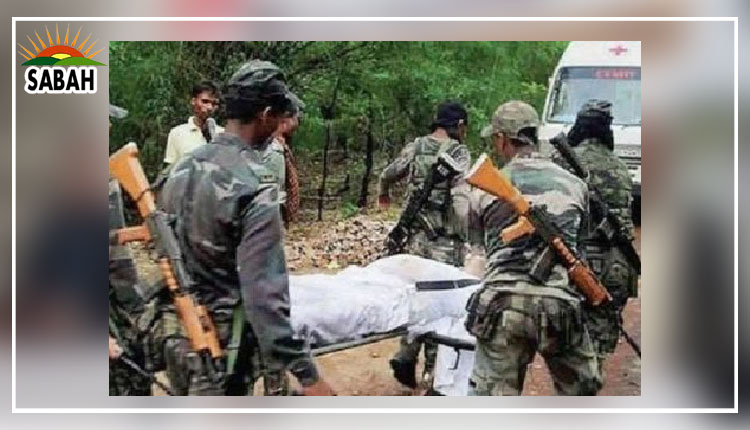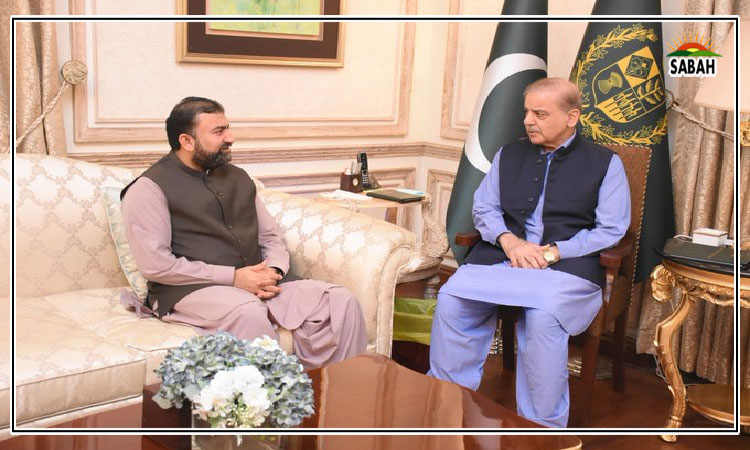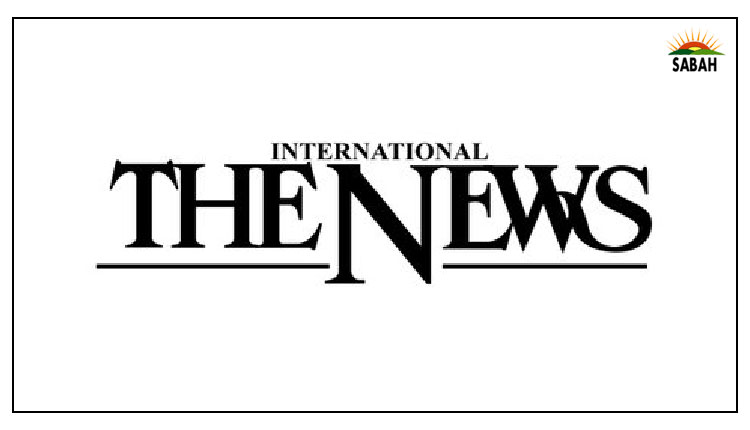Our gender gap ….. Dr Rafiq Chandio
Having greater freedom to do the things one has reason to value is (i) significant in itself role for the persons overall freedom and (ii) important in fostering the persons opportunity to have valuable outcomes. Both are valuable to the evolution of freedom of the members of society and thus crucial to the assessment of the societys development. (Amartya Sen)
As has been documented on paper and elsewhere, women tend to live lives deprived of fundamental freedoms, including civil liberties, laws, norms and rituals. This deprivation ultimately determines the range of choices available to them for future opportunities.
These choices play a crucial role in the material and non-material gains of women in society. Existing civil liberties play the role of agency between individuals and society. In high-income countries, women may have enhanced their levels of social participation by taking meaningful jobs, choosing their partners and individually expressing themselves through different political and artistic avenues.
A stark contrast can be drawn with less-developed countries. The Household Bargaining theory establishes that a womans bargaining power within her home increases with her access to different income sources. In this regard, economic empowerment directly correlates to a womans social endowment and capacity development, which critically define her future societal roles and future levels of empowerment.
The unwillingness to allocate resources for women is a multistage process, starting from households allocating little to no resources for girls in favour of boys to the government allocating less funding for women development. This includes resources for education, health and security.
The agency of women is further reduced if women live in rural areas without the proper educational and technical skills. These women mostly have to rely on their male partners to meet their most basic of needs. These partners often deny these rights, based on primitive socio-cultural values. A direct byproduct of this lack of agency is daily reports of violence against women (VAW), most notably honour killing. Pakistan has the highest number of honour killings per capita in the world. An overwhelming majority of these women victims have the typical characteristics of marginalized rural women who lack significant access to education, employment, access to legal services and land ownership.
The International labor Organization (ILO) estimates that 67 million people are employed in domestic work the world over. Out of every five domestic workers, four are women. The same report indicates that more than any other child labour category, 16-year-old girls are domestic workers. Subsequently, more disturbing statistics on global modern slavery depict that out of 17.3 million people bound in forced labour, 1.4 million are exploited through domestic work
Although global outreach has increased through media and information technology, it is well-established that it does not change womens inclusion at a faster rate. A bridged global gender gap still seems to be a distant dream. The Global Gender Gap Report 2022 established that the current global gender gap is 68.1 per cent; at the current rate of gender justice, it may take another 132 years to fill this gap.
Regional data indicates variability in progress. The North American region may fill the gender gap in 59 years, the earliest among all regions, followed by Europe in 60, and the Latin America and the Caribbean region in 67 years. Interestingly, Africa is expected to fill the gender gap in 98 years. The worst performing regions are the Middle East and North African (MENA) region requiring 115 years, the Central Asian region 152 years, East Asia and the Pacific region 168 years, and the South Asian region requiring a staggering 197 years.
Pakistan has consistently been one of the worst performers in the Gender Gap Index. Among nine South Asian countries, Bangladesh tops the Gender Gap Index charts. Pakistan is second-last, just one place before Afghanistan. This is mostly due to the deplorable socio-economic and political conditions women perpetually face in Pakistan. With the fresh waves of inflation and terrorism in the country, Pakistans standing in the index is only going to slide in the coming years.
Public-sector employment is one of the primary indicators that can make a difference, not only in terms of womens participation, but the total male-female economic participation ratio.
Looking at the current employment statistics, the strength of women employees in the federal government is significantly lower than men. Data from 2021 indicates that the female labour force was only 20 per cent of the total labour force of Pakistan.
When comparing the number of male and female employees in the federal governments, data shows that out of 571,619 employees, women make up 28,580 just five per cent of total employment. In 2016-17, this number was 31,281, showing a significant decline during the last five years. However, the ratio of recruited officers was reported to be 20 per cent, which can be attributed to the increasing girls ratio being inducted through combined competitive examinations. But overall, there is a considerable bias against womens participation in public service.
Provincially, the issue of womens employment in government quarters remains a mixed bag. The Punjab Commission on the Status of Women published a gender parity report in 2021, which completely ignores male-female public-sector employment ratios. The Sindh government, however, seems to be relatively more transparent in this regard. In 2020, the total number of working employees were 503,439, out of which 75,698 (15.04 per cent) were women and 427,741 (84.96 per cent) were men.
In terms of disaggregation by pay scales, contract employees have the highest percentage of women working employees (31.6 per cent). Contract employees are usually not guaranteed permanent government employment and retirement benefits. Unfortunately, the overwhelming majority of Sindh government departments do not meet the minimum criteria of the 15 per cent female employment quota, with more than 10 departments having less than one per cent women workers.
Data shows that the Pakistani woman has been deprived of her rights for far too long. Let us hope that political bigwigs can stop their antics and focus on what is much more important: uplifting half the population of the country.
The writer teaches economics at the University of Sindh. He can be reached at: rafiq.chandio@gmail.com
Courtesy The News



